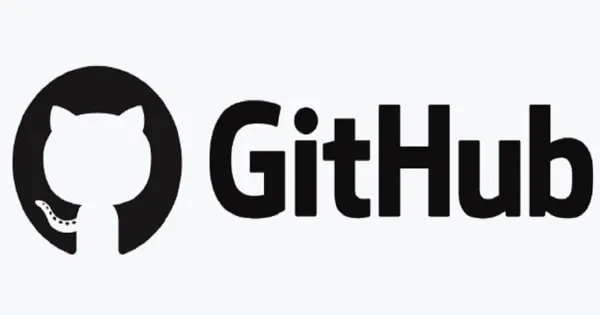
Enhancing Project Automation with GitHub Models in Actions
GitHub has recently announced a groundbreaking enhancement to its platform by integrating AI capabilities directly into GitHub Actions workflows. This innovative move aims to revolutionize project automation by streamlining processes and freeing up developers’ time for more strategic aspects of their projects.
According to the GitHub blog, this integration enables developers to utilize AI features within their workflows through GitHub Models. The potential implications are immense, as it promises to optimize project management processes by automating tasks such as bug report analysis and release note generation.
To harness the power of these models, developers must first ensure that the correct permissions are granted. This is achieved by allowing the workflow access to AI models using a simple permission block in the configuration file. Proper permissions enable workflows to read repository content, create or update issues, and most importantly, interact with AI models.
The practical applications of this integration are vast, with one notable example being the enhancement of bug report management. By creating a workflow that automatically checks new bug reports for completeness, developers can focus on more critical tasks. The AI model can analyze bug reports to ensure they contain sufficient information to be actionable, prompting users for more details if necessary.
Another exemplary application is the generation of release notes from merged pull requests. By utilizing GitHub’s command-line interface (CLI) and AI models, developers can automate the summarization of merged pull requests, adding them directly to a release notes issue. This automation helps maintain clear and concise documentation of project changes.
Furthermore, projects with high activity can benefit from scheduled workflows that summarize and prioritize issues weekly. By setting up a workflow to trigger at regular intervals, developers can keep track of project progress and identify recurring themes without manual oversight. This is achieved by passing weekly issue data to an AI model, which then generates a summary for the team.
These examples demonstrate how GitHub Models can be leveraged to automate routine tasks, freeing up developers to focus on more strategic aspects of their projects. By incorporating AI into workflows, GitHub continues to advance its platform’s capabilities, offering developers powerful tools to improve efficiency and productivity.
For those interested in learning more about this integration, the GitHub blog provides a comprehensive overview of the process.
Source: Blockchain.News


